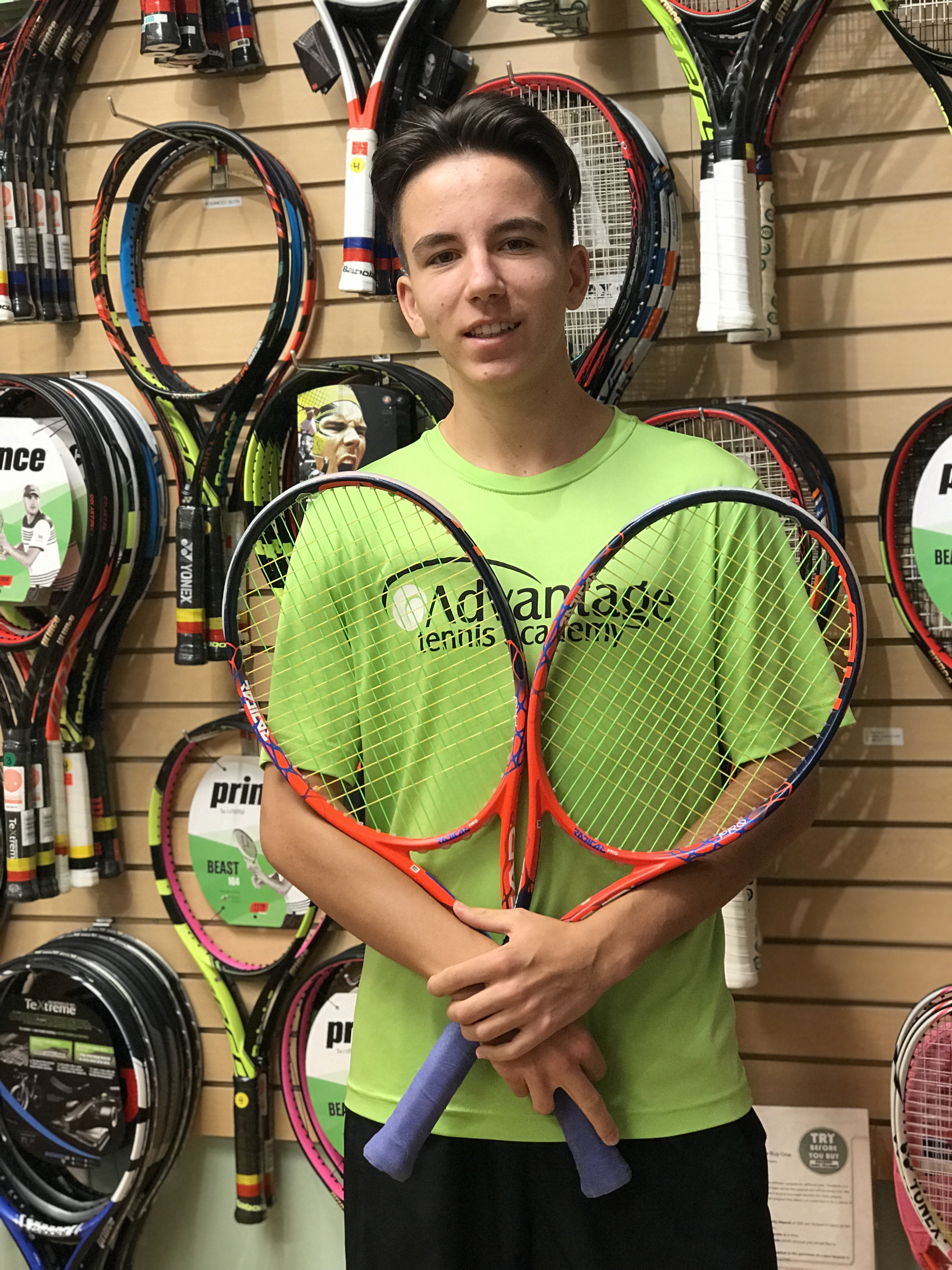
Why do so many of Alberta’s top competitive junior tennis athletes and their parents choose to string at Racquet Network?
Probably because our expert staff and coaches work with parents to protect the health of their junior athletes.
Keep in mind that we have been working with junior tennis players and their families since 2004. Over the years, we have watched these junior athletes grow up, compete, earn scholarships, graduate from college and start families of their own. Some of our athletes even have their own children enrolled in tennis programs today.
In spite of the best efforts from these players, their parents and their many coaches over many years, not one of these Calgary hopefuls ever turned pro.
Why? Because this is Calgary. We keep our fingers crossed for all of these kids, of course, but the odds of anybody from Calgary ever turning pro are very slim indeed.
The most common outcome that we have seen over the years are junior tennis players who become young adults with all of the injuries and nagging aches and pains of the pros but none of the accolades.
It breaks our heart to hear about fifteen-year-olds who cannot sleep on their right sides due extreme to shoulder pain.
That’s why our emphasis is always on who-the-athlete-is-right-now, not what-we-want-the-athlete-to-become.
Our experts never recommend that juniors use the same strings or racquets that adult pros use. Both of these are way to stiff for undeveloped muscles and joints and can lead to persistent injury and chronic pain.
Our advice to juniors is to stay away from these things until they are adults. In the meantime, use gear that is designed for athletes their age.
Polyester strings are a great example of this. Pros use polyester because their swings are extremely fast. The top players in major tournaments can also have tens of thousands of dollars riding on a single swing of the racquet. So they cannot risk having a string break at an unexpected moment.
Juniors under 14, even the best of them, are not as strong as adults. They don’t need polyester strings. Moreover, the long term injury effects of using polyester strings at too young of an age are well documented.
Our advice to junior players and their parents is to stick with multifilament string until they turn 14 or until they are swinging so hard and breaking string so often that they have no other choice.
In the meantime, Racquet Network has developed a graduated stringing program with ten different levels. Level 1 starts juniors off with soft thin string suitable for 8-10 year olds. Each succeeding level above Level 1 has slightly more durable string. The final level, Level 10 has the most durable multifilament string we can find.
Most new players entering the program start at Level 1. If the string at that level lasts for two weeks, then we consider it the right level. If not, then they move up a level and they keep moving up levels until the reach a combination that lasts two weeks or more before breaking.
Once the find their level, they stay at that level until they outgrow it. Once their swing speed develops beyond that level and they start breaking string again regularly, it’s time to move a little higher on the chart.
The more they play, the stronger athletes get. So if your athlete is breaking strings more often than they were a few months ago, it may be a sign that they are improving and hitting harder. Our level systems helps parents and athletes find the right string combination for their current level. It also gives players who are improving an idea of where to go next.
At every level, our goal is to provide junior athletes with a string that is strong enough to handle their power but soft enough to protect their growing joints and developing soft tissues. This is the best way we know to minimize chronic shoulder pain which many advanced athletes first start to experience in their third year of competitive tennis.
